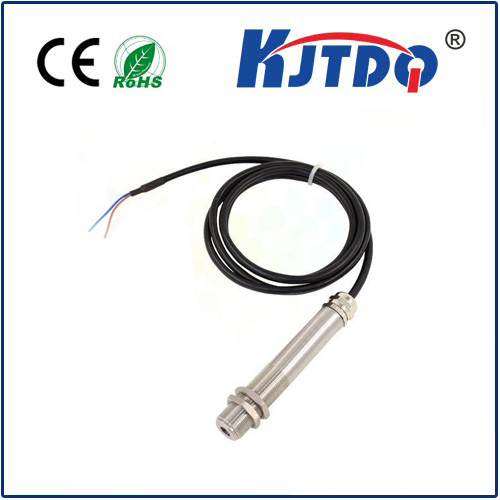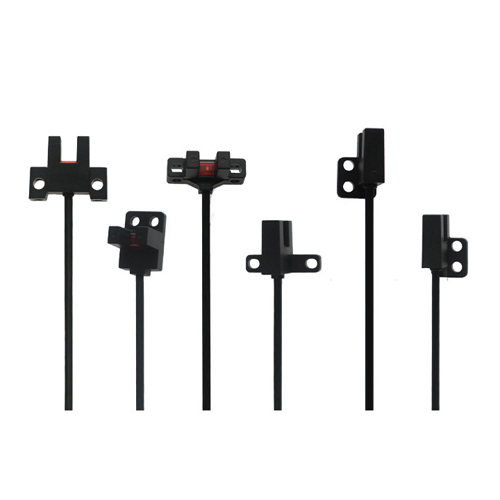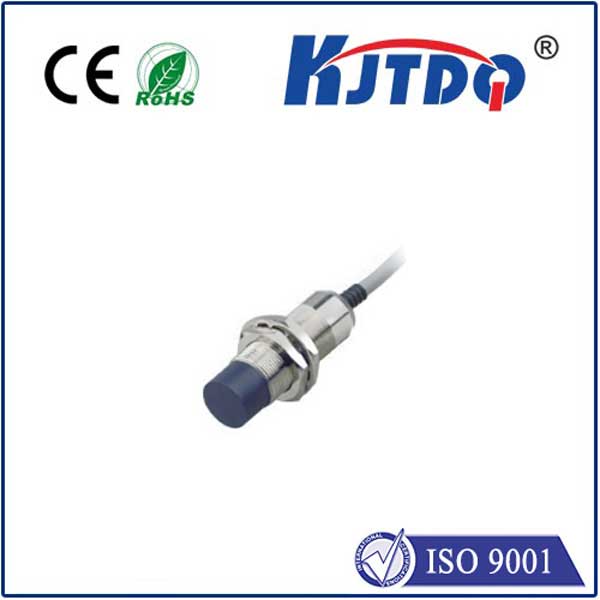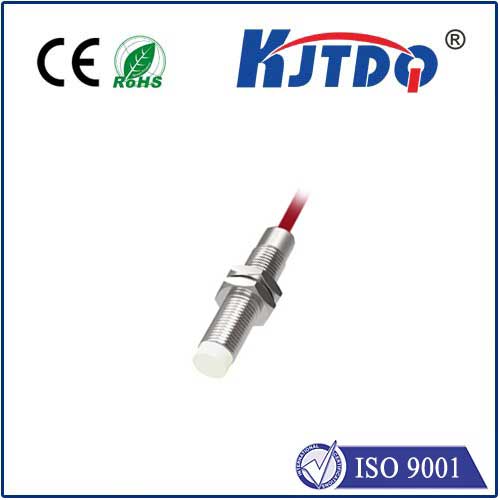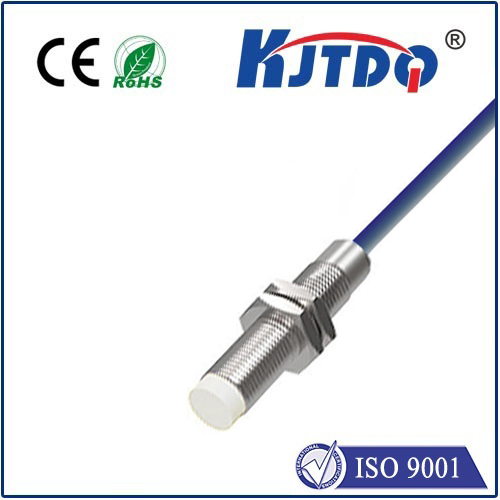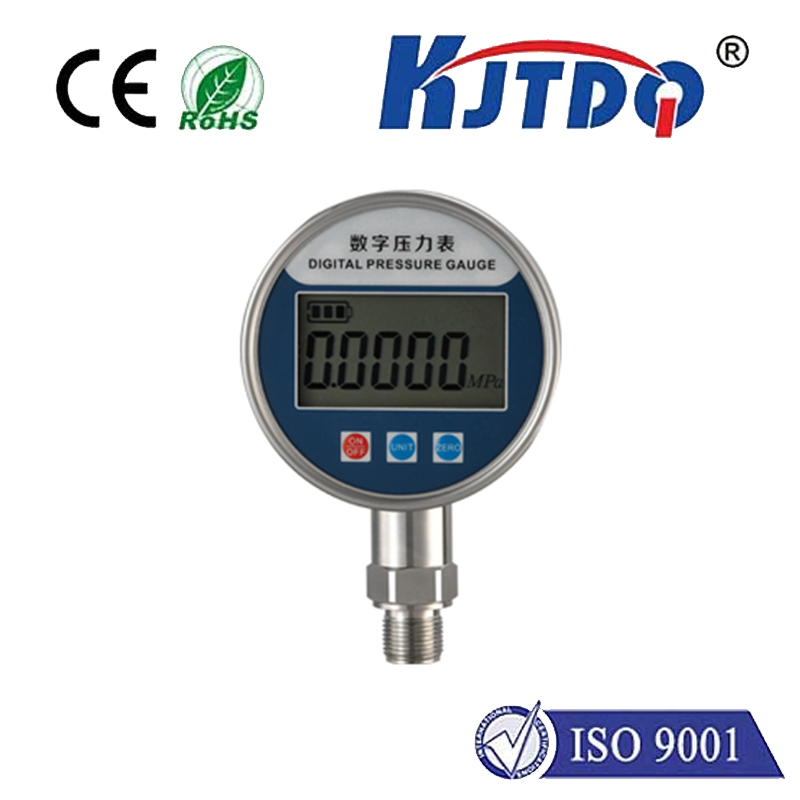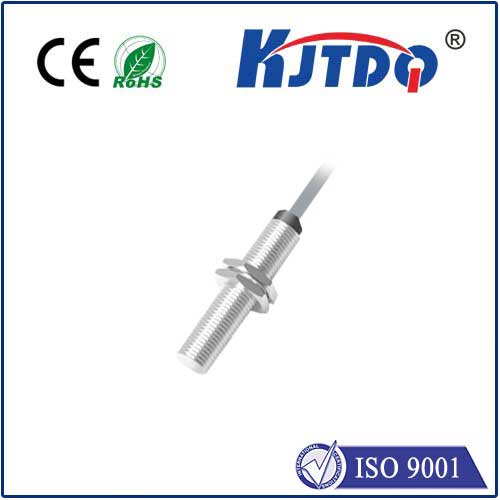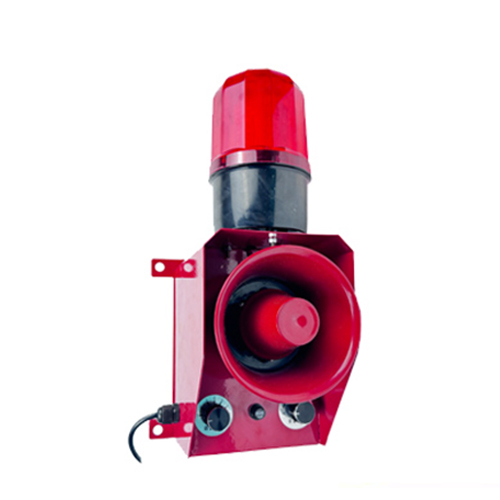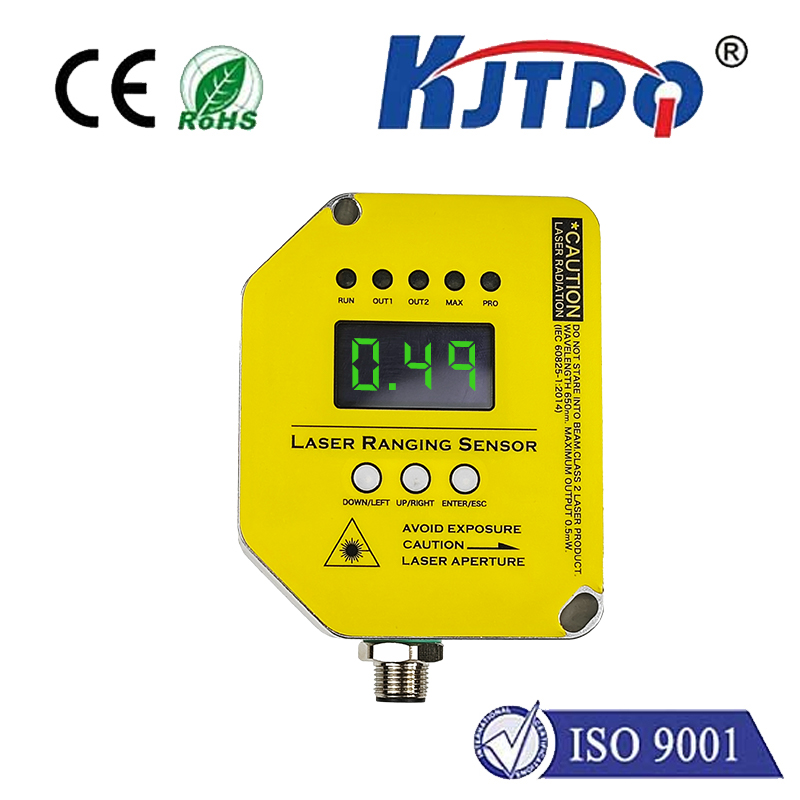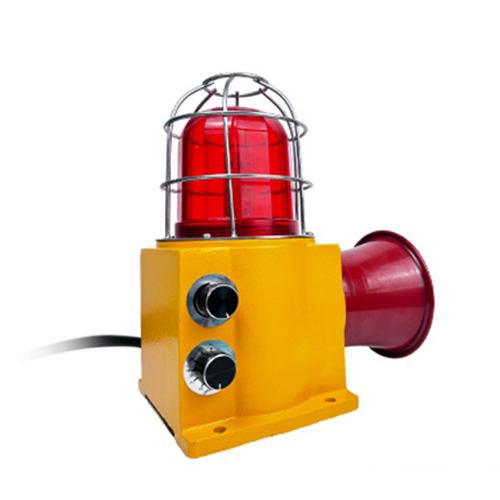12В ограничитель постоянного тока
- time:2025-08-02 03:52:08
- Нажмите:0
Unlocking the Power of 12V DC Limit Switches: Your Essential Guide
Ever stopped to consider the silent sentinels safeguarding the smooth, safe operation of countless machines around us? From the precise stopping point of your garage door opener to the intricate movements within automated factory lines, a fundamental component often plays a crucial role: the ограничительный переключатель. Specifically, 12V DC limit switches form the backbone of detection and control in many low-voltage, mobile, and safety-critical applications. This guide dives deep into why these compact devices are indispensable.
What Exactly is a Limit Switch?
At its core, a limit switch is a simple electromechanical device designed to detect the presence or absence of an object, or to monitor position limits by physical contact. Think of it as a highly reliable, rugged button activated not by a finger, but by a moving part – a cam, lever, plunger, or even the target object itself. When this actuator is triggered (pressed, released, rotated, etc.), it changes the internal electrical state of the switch, opening or closing a circuit. This signal becomes a critical input for control systems: “Stop moving,” “Start this process,” “An object is in place,” or “Safety barrier breached.”

Why Focus on 12V DC?
While limit switches operate across various voltages, the 12V DC variant holds immense significance:
- Ubiquity of Low-Voltage Systems: Countless systems inherently run on 12V DC power. This includes virtually all automobiles, trucks, marine vessels, recreational vehicles (RVs), solar-powered setups, portable equipment, and many battery-operated industrial devices. Integrating a 12V DC limit switch directly into these circuits is straightforward and efficient.
- Safety & Accessibility: Low-voltage DC systems like 12V are inherently safer to work with compared to mains AC voltages (120V/240V AC). This reduces risks during installation, maintenance, and troubleshooting, making 12V DC limit switches ideal for applications where technician safety or user accessibility is a priority.
- Compatibility: The vast ecosystem of automotive and mobile electronics – sensors, controllers, relays, lights – is predominantly designed for 12V DC. A 12V DC limit switch plugs seamlessly into this existing infrastructure without requiring complex voltage conversion or additional power supplies.
- Noise Immunity: DC signals are generally less susceptible to certain types of electrical noise compared to AC, contributing to more reliable signal transmission in electrically noisy environments common in vehicles or industrial settings.
- Compact Design: Many 12V DC limit switches, especially micro switches, are incredibly compact, allowing for installation in tight spaces where larger AC-rated switches might not fit.
Key Applications Where 12V DC Limit Switches Shine
The versatility of the ограничительный выключатель низкого давления operating at 12V DC makes them suitable for a vast array of scenarios:
- Automotive & Transportation: Door ajar sensors (hood, trunk, doors), gear position sensing, pedal position detection, seat occupancy sensing, convertible top position limits, parking brake engagement, fluid level detection (using float-actuated types).
- Mobile Machinery & Agriculture: Position sensing on forklift masts, implement height control on tractors, boom extension limits on cranes and excavators, safety interlocks on access panels for heavy equipment.
- Marine: Hatch and locker open/closed detection, bilge pump activation floats, trim tab position, anchor windlass limits. Corrosion-resistant models are crucial here.
- Перевозка материалов: End-of-travel detection for 12V-powered linear actuators, conveyor belt position monitoring, package presence sensing on low-voltage sorting lines, gate open/closed status.
- Solar & Off-Grid Systems: Security door/window sensors, battery enclosure tamper switches, tilt angle limits for solar trackers.
- Consumer & DIY Projects: Custom garage door safety stops, model robotics position control, automated window openers, security system triggers, position feedback in hobby CNC or 3D printer mods.
Choosing the Right 12V DC Limit Switch: Key Considerations
Selecting the optimal DC micro switch or robust lever-arm type for your 12V system involves evaluating several factors:
- Actuator Type: How will the switch be triggered?
- Plunger: Requires direct linear push force. Simple, compact.
- Lever Arm (Roller / Rod): Ideal for motion with a travel path; the roller reduces friction and wear. Available in various arm lengths and roller styles for different angles of approach.
- Whisker/Spring Rod: Detects very light forces or lateral movement.
- Rotary: Activated by rotational movement.
- Electrical Rating: Ensure the switch is rated for at least 12V DC and the current (amps) your specific circuit will draw. Exceeding current ratings leads to premature contact failure or welding. Contact Material (e.g., Silver Alloy) influences longevity and current handling.
- Contact Configuration (Circuit):
- Normally Open (NO): Contacts are open (off) until actuated, then close (on). Signals presence or actuation.
- Normally Closed (NC): Contacts are closed (on) until actuated, then open (off). Signals absence or loss of actuation (often used for safety interlocks).
- SPDT (Single Pole, Double Throw): Combines one NO and one NC contact. Provides maximum flexibility.
- Environmental Protection (IP Rating): Where will it be installed? Dusty workshops, wet marine environments, or outdoor exposure demand robust sealing. Look for appropriate Ingress Protection (IP) ratings like IP65 or IP67 for challenging conditions. Oiltight and weatherproof designs are common needs.
- Mechanical Life Expectancy: How many cycles (actuations) does the switch need to endure? Industrial applications require millions of cycles, while infrequent use (like a security panel) demands far less. Premium 12V DC limit switches boast high cycle ratings.
- Physical Size & Mounting: Ensure the switch body and actuator mechanism fit the available space and can be securely mounted (bracket, threaded body, snap-in). Consider the required operating force and travel distance for reliable actuation.
Installation and Maintenance Best Practices
- Secure Mounting: Ensure the switch is firmly fixed to prevent vibration or movement from altering its position or damaging connections. Precision is key for accurate position detection.
- Actuator Positioning: Carefully align the actuator (lever, plunger) with the moving part that will trigger it. Ensure smooth, reliable contact without excessive force that could bend levers or damage the switch mechanism. Adequate overtravel (movement beyond the trigger point) is often necessary for positive switching action.
- Wiring: Use appropriate wire gauge for the current. Employ quality crimp connectors or solder connections securely. Protect wiring from abrasion, heat, and fluids. Pay close attention to the contact configuration (NO, NC, SPDT) during wiring.
- Environmental Protection: If the switch isn’t naturally rated for its environment, consider protective covers or conduits.
- Testing: After installation, manually actuate the switch and verify the expected circuit response (e.g., a light turning on/off, a motor stopping).
- Routine Checks: Incorporate switch inspection into maintenance schedules. Look for signs of physical damage

